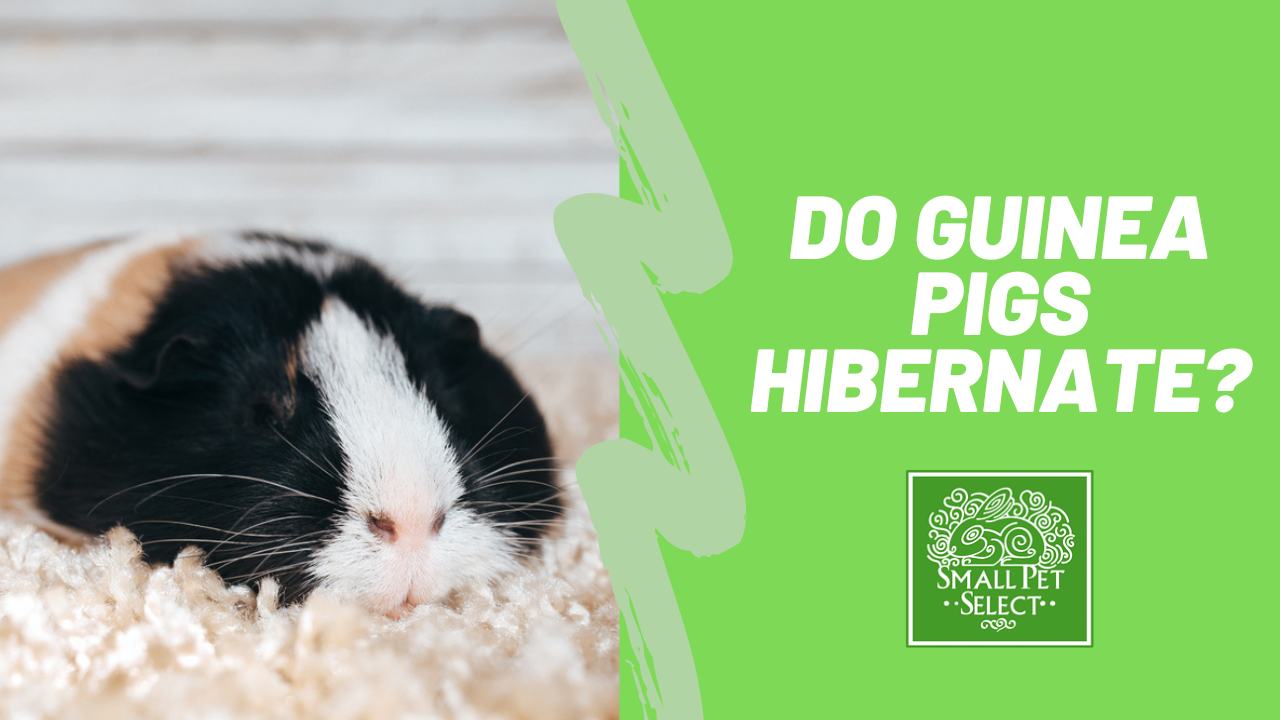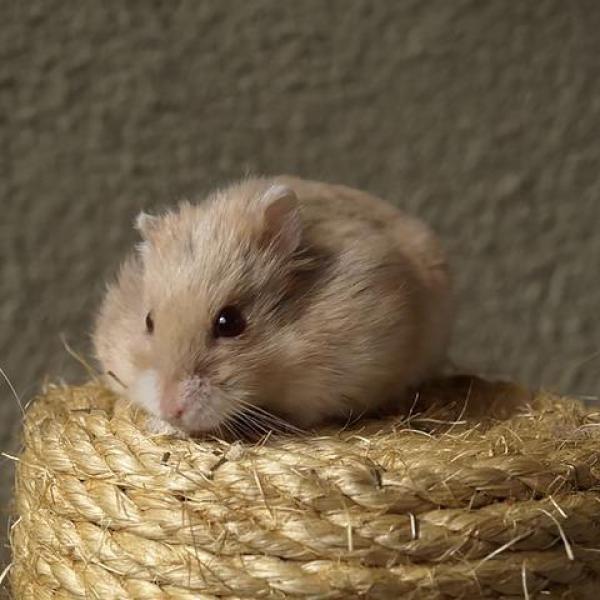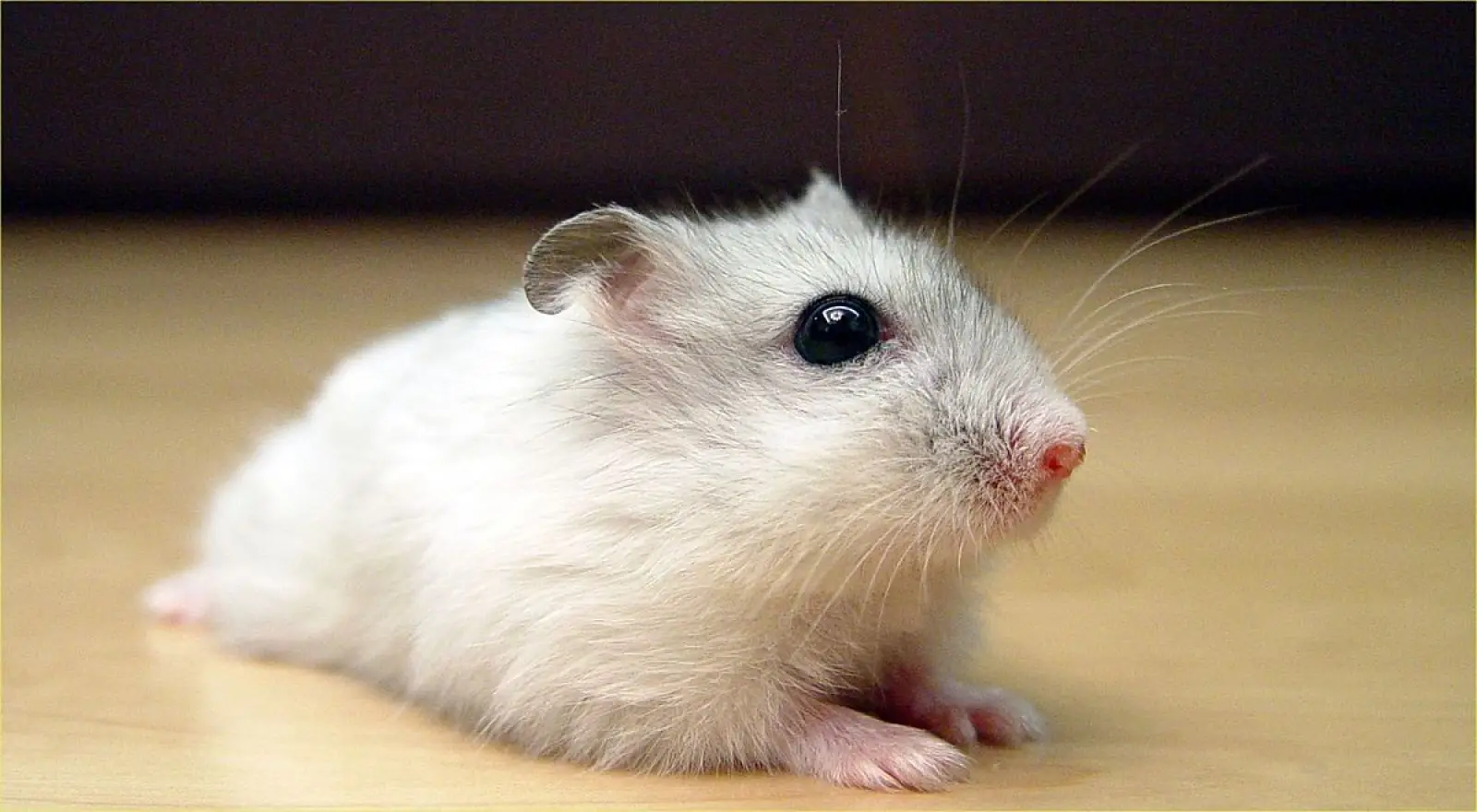When the winter months roll around, many animal species adjust their behavior to survive the harsh conditions. One of the most common adaptations is hibernation, a state of deep sleep that helps animals conserve energy and survive through periods of low food availability and extreme temperatures. While some animals are known for their hibernation habits, such as bears and groundhogs, others, like hamsters, have a more complex sleep pattern that may not fit into the traditional definition of hibernation.
Hamsters are beloved pets known for their fluffy cheeks and endearing personalities. However, these small rodents also pique curiosity with their unique sleep patterns during the winter. The question arises: do hamsters hibernate? The answer is not a simple yes or no.
In this article, we will delve into the world of hamster hibernation, exploring the factors that influence their behavior, signs to look out for, and how to create a suitable environment for their winter slumbers.
>> READ MORE:
- How to Tell if Your Hamster is Dead A Guide for Concerned Owners
- Can Hamsters Eat Watermelon? A Refreshing Debate
- A Tiny Heart with a Big Beat Understanding Hamster Heart Rate
- Do Hamster Bites Hurt? Understanding the Severity of Hamster Bites
Factors Influencing Hamster Hibernation: Temperature, Breed, and Individual Variations

As mentioned earlier, hamsters do not truly hibernate. Instead, they enter a state of torpor, a temporary period of decreased metabolic activity that mimics hibernation. This state can be triggered by various factors, including:
Decreased Ambient Temperature
Temperature is one of the primary triggers for hamster torpor. These tiny creatures are sensitive to extreme temperatures and can only survive within a narrow range. When temperatures drop below 45°F (7°C), hamsters may enter torpor to conserve energy and survive the cold. This is because their bodies are not able to maintain a stable internal temperature like larger animals can. As a result, their metabolism slows down, and they enter a state of suspended animation to conserve energy.
The ambient temperature in their natural habitats plays a significant role in regulating hamster torpor. In the wild, hamsters live in burrows, which act as natural insulation against extreme temperatures. However, captive hamsters do not have the same luxury, making it crucial for pet owners to provide a suitable environment for their well-being.
Reduced Food Availability
Another factor that can trigger hamster torpor is a decrease in food availability. As omnivorous creatures, hamsters rely on a varied diet of seeds, grains, fruits, and vegetables for their nutritional needs. When food becomes scarce during the winter, hamsters may enter a state of torpor to conserve energy and survive until food sources become available again. This is a survival mechanism that allows them to adapt to harsh conditions and conserve energy when necessary.
Signs of Hibernation in Hamsters: Reduced Activity, Body Temperature, and Appetite

So, how do you know if your hamster is hibernating or just taking a nap? There are several signs to look out for that can help differentiate between the two.
- Reduced activity levels: Hamsters in torpor will appear less active, spending most of their time sleeping or lying still. They may also move slower than usual when they are awake.
- Lowered body temperature: Unlike true hibernators, whose body temperature can drop significantly, hamsters’ body temperature only decreases slightly during torpor. It can range from 10-15°F (5-8°C) lower than their regular body temperature, which is around 98.6°F (37°C).
- Decreased appetite: During torpor, hamsters’ metabolism slows down, and they require less energy. As a result, they may eat less or not at all until they exit this state.
It is essential to note that these signs can also be indicators of other health issues, so it is vital to monitor your hamster closely and seek veterinary attention if you notice any concerning changes.
How to Create a Safe and Comfortable Environment for Your Hamster During Winter

As responsible pet owners, it is our responsibility to provide a safe and comfortable environment for our furry friends, especially during the harsh winter months. Here are some tips on how to keep your hamster happy and healthy during torpor:
Provide insulation
Insulation is crucial for regulating temperatures in your hamster’s habitat. If you live in a cold climate, invest in a cage with solid walls instead of wire mesh. This will help retain heat within the enclosure and protect your hamster from drafts. You can also place blankets or towels over the cage to provide additional insulation.
Keep the temperature stable
Maintaining a consistent temperature in your hamster’s habitat is essential for their well-being. The ideal temperature for hamsters is around 68-72°F (20-22°C). You can use a thermometer to monitor the temperature and make adjustments if necessary. Avoid placing the cage near windows or drafty areas that can cause fluctuations in temperature.
Ensure proper lighting
Hamsters are crepuscular animals, meaning they are most active during dawn and dusk. In the wild, they rely on natural light cycles to regulate their behavior. As such, it is important to mimic these conditions in captivity. Ensure that your hamster has access to natural light during the day and provides a dark, quiet environment for them to sleep at night.
Offer a balanced diet
Proper nutrition is crucial for maintaining your hamster’s health during winter. Make sure to provide a varied and balanced diet that meets their nutritional needs. You can also offer warm food and water, which can help prevent dehydration during torpor.
Allow for exercise
While hamsters are less active during torpor, it is still important to provide opportunities for exercise when they are awake. A wheel or other toys can keep them entertained and stimulate their natural behavior.
When to Seek Veterinary Attention: Recognizing Potential Issues with Hibernation

While hamsters are well-equipped to handle torpor during winter, there are instances where this state can become a health concern. Here are some red flags to watch out for:
- Prolonged periods of torpor: While brief periods of torpor are normal for hamsters, extended periods can be a sign of underlying health issues.
- Weight loss: If your hamster is not eating during torpor and experiences significant weight loss, it can be a sign of a more severe problem.
- Difficulty breathing: If you notice any signs of respiratory distress in your hamster, seek veterinary attention immediately.
- Cold extremities: While it is normal for hamsters to have a slightly lower body temperature during torpor, their extremities should still feel warm to the touch. If they feel cold or appear discolored, it can be a sign of poor circulation and should be addressed by a vet.
If you notice any of these signs, it is important to seek veterinary attention as soon as possible. Hamsters are delicate animals, and even minor health issues can quickly escalate if left untreated.
Debunking Common Myths: Understanding the Reality of Hamster Hibernation

There are many misconceptions surrounding hamster hibernation, leading to confusion among pet owners. Let’s take a look at some of the most common myths and the truth behind them:
Myth #1: All hamsters hibernate
As we have discussed, hamsters do not truly hibernate. Only those living in colder regions that experience extreme temperatures may enter a state of torpor. Hamsters living in warmer climates or kept indoors may not exhibit this behavior at all.
Myth #2: You can wake a hibernating hamster
Many people believe that they can wake a hibernating hamster by shaking or tapping their cage. This is not only false but can also be harmful to your pet. Hamsters enter torpor as a survival mechanism, and disrupting this state can put them under significant stress and even lead to health issues.
Myth #3: You don’t need to provide food and water during torpor
While hamsters do not require as much food and water during torpor, they still need access to it. Dehydration is a significant risk during torpor, and it is important to ensure that your hamster has fresh water available at all times.
Conclusion
In conclusion, hamster hibernation is a complex and fascinating phenomenon. While these small rodents do not truly hibernate, they possess the ability to enter a state of torpor to survive harsh winter conditions. As pet owners, it is our responsibility to understand their behavior, provide a suitable environment, and monitor their health closely. By following the tips outlined in this article, you can ensure that your furry friend stays happy and healthy during the winter months. Remember, if you notice any concerning changes in your hamster’s behavior or health, always seek veterinary attention to ensure their well-being.

